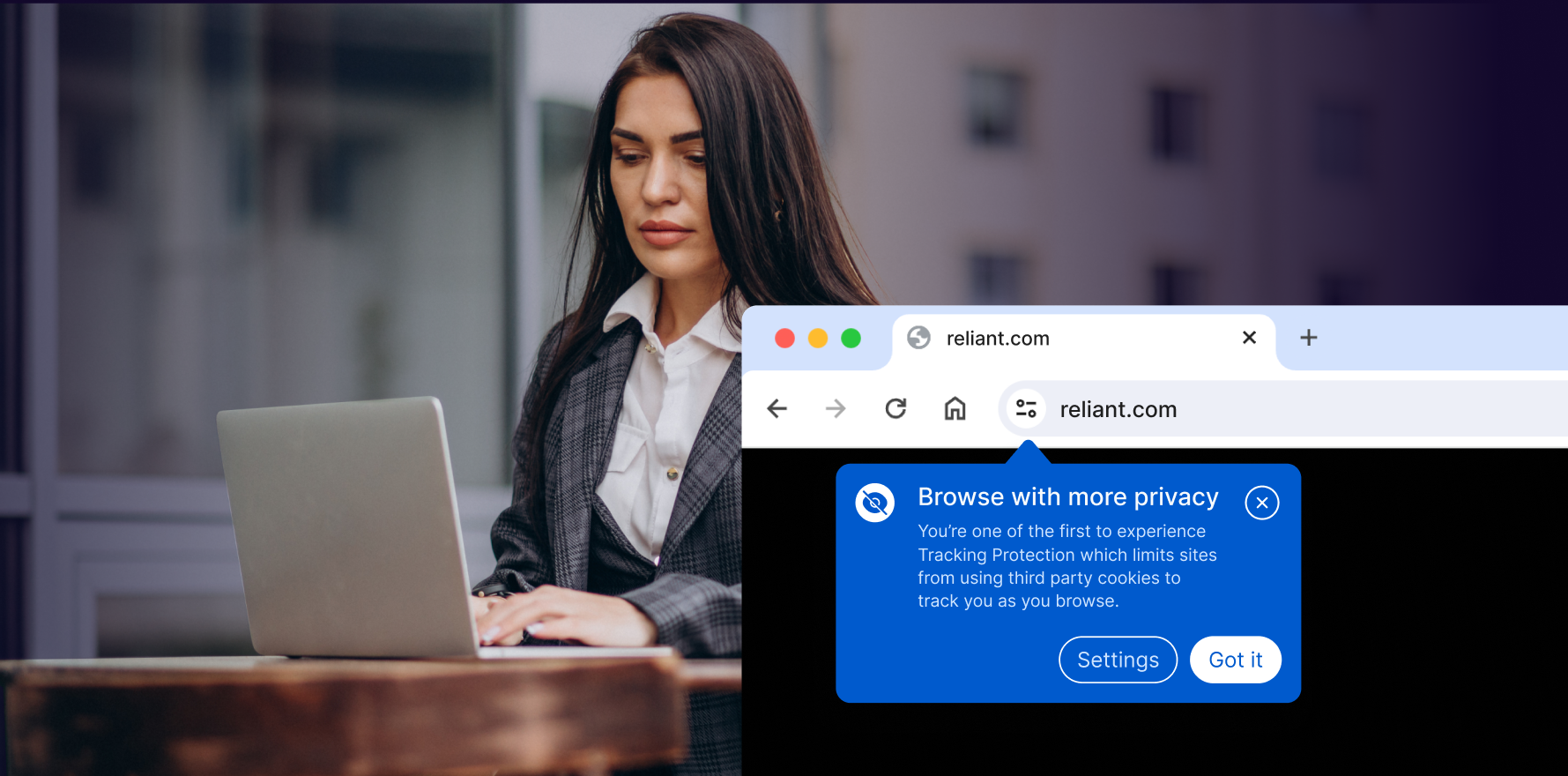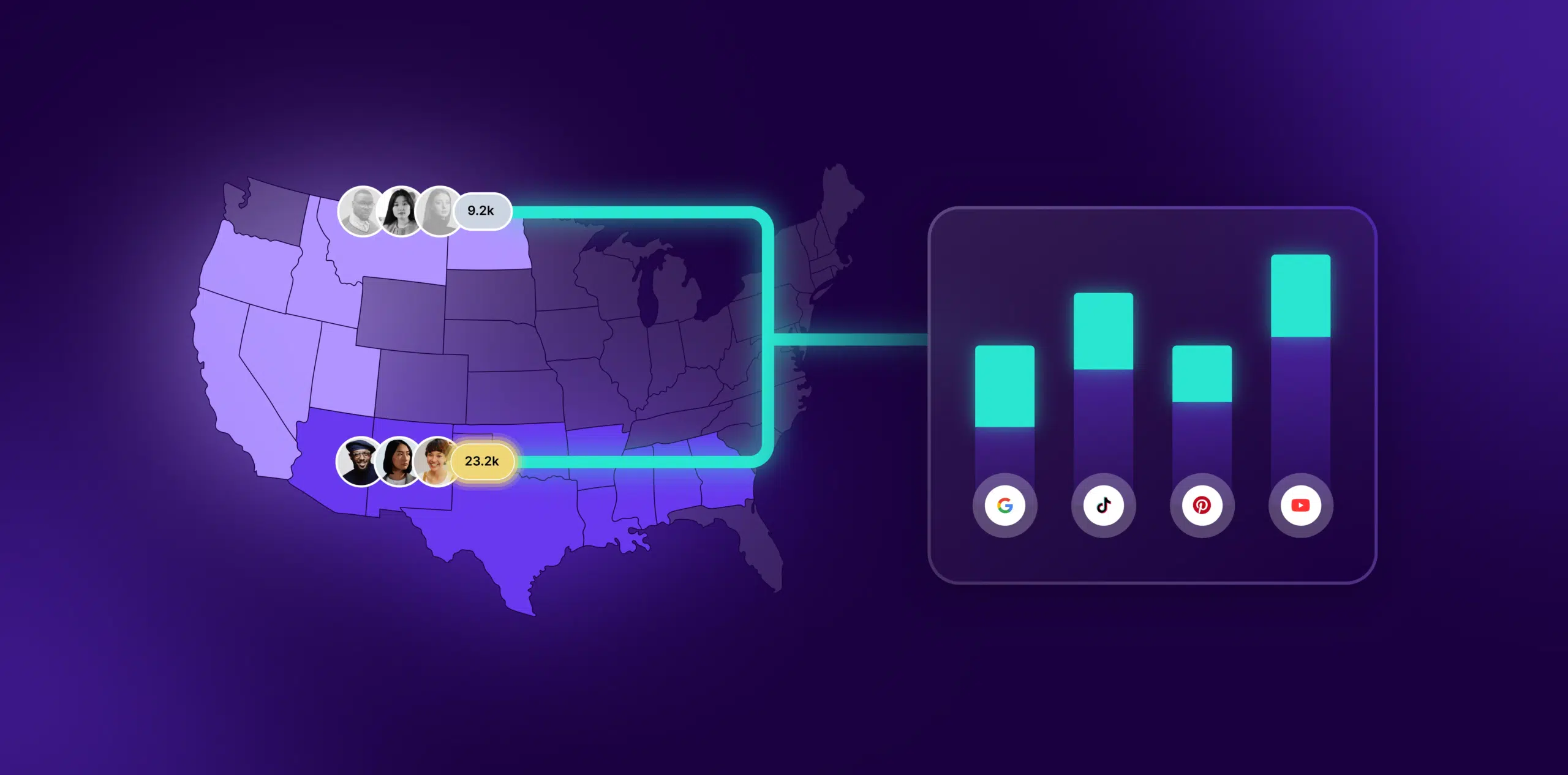What is Frequency Capping?
Frequency capping, in the context of ecommerce and digital marketing, is a command placed on ad servers that limit the number of times an ad is served to a particular user in a given time frame. It ensures that each user will see the ad a specific amount of times, prevents ad overkill, saves costs, and improves overall advertising effectiveness.
Formula
Frequency Capping = Maximum Number of Ad Impressions per User within a Time Period
Example
If you set a frequency cap of 3 impressions per user within 24 hours for a particular ad campaign, it means that the ad will be shown to each user a maximum of 3 times in a 24-hour period. Once a user has seen the ad 3 times, they won’t be shown that specific ad again until the next 24-hour period.
Why is Frequency Capping important?
- Prevents Over-Exposure: Overexposure can lead to decreased click-through rates (CTRs) and high costs. Frequency capping can limit the number of impressions per user.
- Expenditure Management: Frequency capping ensures efficient use of your ad budget by avoiding excessive impressions to the same user.
- Campaign Evaluation: It facilitates meaningful analysis and comparison of different campaign strategies by removing the outliers due to ad overexposure.
Which factors impact Frequency Capping?
- Audience Size: Smaller audiences may need lower frequency caps to prevent ad fatigue.
- Ad Quality: High-quality ads may need less frequency as they drive engagement quickly.
- Campaign Budget: Your budget may limit the number of impressions, thereby influencing frequency cap decisions.
How can Frequency Capping be improved?
- Data Analysis: Thoroughly analyze your performance data, including your reach, impressions, and CTRs, to adjust your frequency caps.
- Audience Segmentation: Separate your audience into segments. Each segment may have a different ideal frequency cap.
- Gradual Changes: Rather than implementing drastic changes, try testing different frequency caps and observe changes in engagement and conversion rates.
What is Frequency Capping’s relationship with other metrics?
- 1. Conversion Rate: Effectively managed frequency capping could positively impact the conversion rate by boosting ad relevancy.
- 2. ROI: Reduced ad fatigue and optimal ad expenditure due to frequency capping can increase the overall ROI of marketing campaigns.
- 3. Customer Lifetime Value (CLV): By avoiding over-exposure and ad annoyance, frequency capping can help in enhancing overall customer experience thus impacting the CLV positively.
Free essential resources for success
Discover more from Lifesight






















































